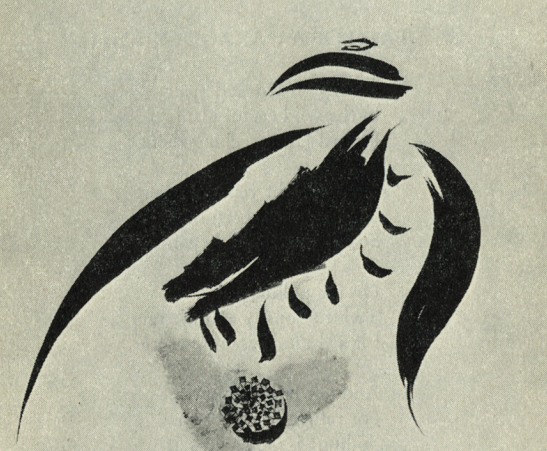Welcome to Read this Book, a newsletter where I recommend one book that needs to jump onto your TBR pile! Sometimes, these books are brand-new releases that I don’t want you to miss, while others are some of my backlist favorites. This week, we’re looking at a blockbuster hit from Māori author Rebecca K Reilly.
Greta & Valdin by Rebecca K ReillyI first read Greta & Valdin when it came out a few years ago. A friend of mine got his hands on an ebook edition and read it to me over Voxer. We were both smitten with these two queer Māori siblings trying to find their place in the world. I couldn’t be more pleased that this novel is finally available in North America. As members of a Māori-Russian-Catalonian family, Greta and Valdin are used to living in the in-between spaces of their different cultures. Valdin’s ex-boyfriend is now living in Buenos Aires, Argentina. Valdin pines over his ex-partner’s social media, agonizing over their break up. Meanwhile, Greta weathers through the mundane onslaught of academia, often wondering if she’s made the wrong life choices AGAIN. What’s worse, she finds herself entangled with a new love interest, wondering if the flirtations she senses are just in her head. Greta and Valdin share an apartment and often find reassurance in each other’s presence. They are two beautiful characters, fully fleshed out. Valdin is sad and brooding but genuinely trying to figure out what is on the horizon for him. Greta is harried, constantly forced into company with bitter academics. Over the course of the novel, they both begin to better appreciate each other and the rest of their family members, Reilly’s ear for dialogue shines in this novel full of snappy comebacks and witty observations. I found myself laughing out loud at our protagonists’ asides. What’s more, Greta and Valdin find themselves in awkward situations of their own making as they try to figure out their love lives. Full of heart, Greta & Valdin is a must-read family novel of the year. |
Copyright
© Book Riot




















